10 Most Important Industrial Equipment in Factories
🔧 Top 10 Essential Industrial Equipment Used in Modern Factories
In today’s Industry 4.0 era, modern factories depend on a wide range of industrial equipment and machinery to maintain high performance, energy efficiency, and continuous operation.
Below, PME Engineering Co., Ltd. (Phuc Minh Engineering) presents the 10 most essential types of industrial equipment, including their functions, advantages, disadvantages, and key applications across different industries.
1️⃣ Industrial Pumps
Description:
Industrial pumps are designed to move and transfer liquids such as water, oil, and chemicals throughout industrial systems.
Functions:
-
Pump and circulate liquids.
-
Maintain system pressure.
-
Support liquid and chemical processing.
Advantages:
-
High efficiency and durability.
-
Wide variety of types for different applications.
-
Easy to service and repair.
Disadvantages:
-
High initial investment.
-
Requires regular maintenance.
-
Energy consumption can be significant.
Applications:
Oil & gas | Water treatment | Food & beverage | Chemical industry
2️⃣ Air Compressors
Description:
Air compressors are mechanical devices that increase air pressure by reducing its volume.
Functions:
-
Supply compressed air for tools and equipment.
-
Maintain stable air pressure.
-
Support production and processing operations.
Advantages:
-
Efficient air compression.
-
Long service life.
-
Available in many capacities and configurations.
Disadvantages:
-
High energy consumption.
-
Regular maintenance required.
-
Noise and vibration possible.
Applications:
Manufacturing | Construction | Food & beverage | Chemical & oil industries
3️⃣ Industrial Boilers
Description:
Industrial boilers use heat energy to generate steam or hot water for manufacturing processes.
Functions:
-
Produce steam for industrial applications.
-
Provide heat for process and space heating.
-
Supply thermal energy for large-scale production.
Advantages:
-
High efficiency and quick steam generation.
-
Durable and adaptable designs.
-
Suitable for various industries.
Disadvantages:
-
High installation and operation costs.
-
Requires strict safety checks.
-
Regular inspection needed.
Applications:
Food & beverage | Textile | Paper | Chemical & petrochemical
4️⃣ Heat Exchangers
Description:
Heat exchangers transfer heat between fluids without direct contact between them.
Functions:
-
Improve energy efficiency.
-
Enable heating or cooling in process systems.
Advantages:
-
Excellent thermal transfer performance.
-
Flexible design options.
-
Easy to clean and maintain.
Disadvantages:
-
Can clog if fluids contain particles.
-
High initial cost.
-
Requires periodic cleaning.
Applications:
Oil & gas | Chemical | HVAC | Energy systems
5️⃣ Wastewater Treatment Systems
Description:
These systems clean and purify industrial wastewater before discharge or reuse.
Functions:
-
Remove pollutants and contaminants.
-
Ensure compliance with environmental standards.
-
Allow water recycling and reuse.
Advantages:
-
Protects the environment.
-
Reduces water costs.
-
Increases sustainability.
Disadvantages:
-
High setup and operation cost.
-
Requires advanced technology and expertise.
-
Needs continuous operation and maintenance.
Applications:
Food & beverage | Pharmaceutical | Textile | Chemical | Pulp & paper
6️⃣ Automated Control Systems
Description:
Automated control systems combine electronics, sensors, and software to monitor and control industrial processes automatically.
Functions:
-
Monitor and control production systems.
-
Automate processes for higher productivity.
-
Collect and analyze performance data.
Advantages:
-
Increases accuracy and efficiency.
-
Reduces human error.
-
Optimizes cost and productivity.
Disadvantages:
-
High investment.
-
Requires skilled technicians.
-
Relies on power and IT systems.
Applications:
Manufacturing automation | Food processing | Chemical | Electronics
7️⃣ CNC Machining Tools
Description:
CNC (Computer Numerical Control) machines are automated tools that use programmed instructions to perform precise machining.
Functions:
-
Machine complex components with precision.
-
Reduce production time.
-
Improve repeatability and quality.
Advantages:
-
High accuracy and consistency.
-
Ideal for complex parts.
-
Reduces manual errors.
Disadvantages:
-
High purchase cost.
-
Requires skilled programming and maintenance.
-
Needs routine calibration.
Applications:
Automotive | Aerospace | Electronics | Medical manufacturing
8️⃣ Conveyor Systems
Description:
Conveyor systems are mechanical transport systems used to move materials or goods within a factory.
Functions:
-
Transfer materials efficiently between production stages.
-
Reduce manual handling.
-
Improve production flow.
Advantages:
-
Boosts productivity.
-
Saves labor costs.
-
Easy to integrate into existing lines.
Disadvantages:
-
High installation cost.
-
Requires large floor space.
-
Needs regular servicing.
Applications:
Food & beverage | Logistics | Electronics | Building materials
9️⃣ Non-Destructive Testing Equipment (NDT)
Description:
NDT equipment allows for inspection and quality testing without damaging the product.
Functions:
-
Detect material flaws and defects.
-
Assess product strength and reliability.
-
Ensure operational safety.
Advantages:
-
No damage to the test object.
-
Detects even microscopic defects.
-
Increases reliability and safety.
Disadvantages:
-
Costly equipment.
-
Requires trained personnel.
-
Depends heavily on technology.
Applications:
Oil & gas | Aerospace | Construction | Metal fabrication
🔟 Industrial Air Filtration Systems
Description:
Industrial air filtration systems remove dust, smoke, and contaminants from air inside factories and workshops.
Functions:
-
Clean air and remove particles.
-
Improve air quality and worker health.
-
Meet environmental standards.
Advantages:
-
Safer, cleaner workplace.
-
Boosts productivity.
-
Simple installation and operation.
Disadvantages:
-
Filter replacement required.
-
Efficiency decreases over time.
-
Moderate energy use.
Applications:
Electronics | Pharmaceuticals | Food & beverage | Manufacturing
💡 Conclusion
These 10 essential types of industrial equipment are the backbone of every modern production facility.
Selecting the right machinery for your specific industry, capacity, and working environment ensures higher efficiency, lower costs, and greater safety.
📞 Contact PME – Your Trusted Industrial Equipment Partner
Phuc Minh Engineering Co., Ltd (PME) specializes in:
✅ Supplying genuine industrial equipment, pumps, valves, and water treatment systems.
✅ Consulting, installation, and maintenance for factories and production lines.
Contact Information:
-
🌐 Website: www.pm-e.vn
-
📧 Email: info@pm-e.vn
-
☎️ Tel: +84 (28) 3535 2125 | Fax: +84 (28) 3535 0254
-
📍 Address: 92/38 Street No.12, KP18, Binh Hung Hoa Ward, Binh Tan District, Ho Chi Minh City, Vietnam
-
📱 Zalo: 0902 720 814 – 0907 450 506 – 0902 800 728 – 0979 737 351
Related News
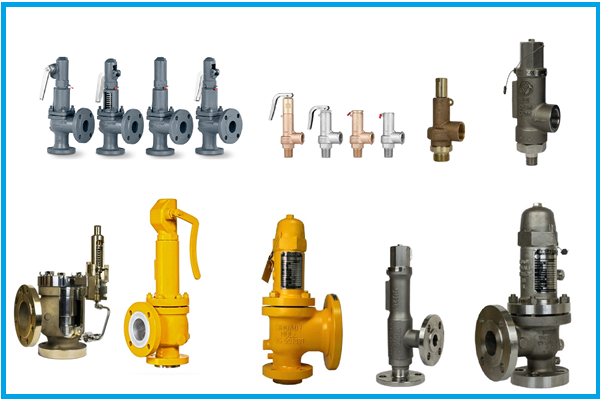
Benefits and uses of safety valves
05/11/2025
Safety valves are essential devices in industrial systems, designed to protect equipment and ensure operator safety. Below is a detailed analysis of the benefits and applications of safety valves.
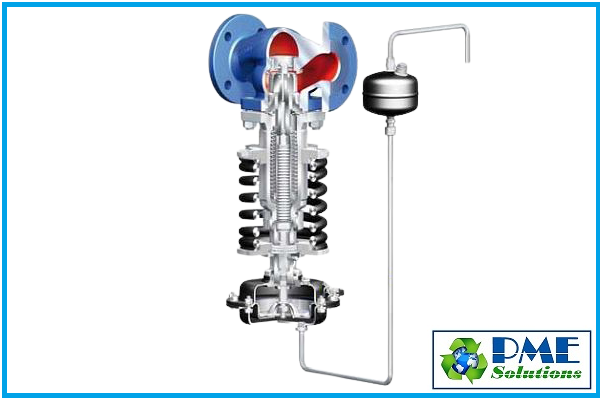
Benefits, Functions, and Applications of Pressure Reducing Valves
05/11/2025
Pressure reducing valves, also known as pressure regulating valves, are critical devices in industrial piping systems that help control and maintain safe pressure levels, protecting equipment from damage due to overpressure. Below is a detailed analysis of the benefits, functions, and applications of pressure reducing valves.
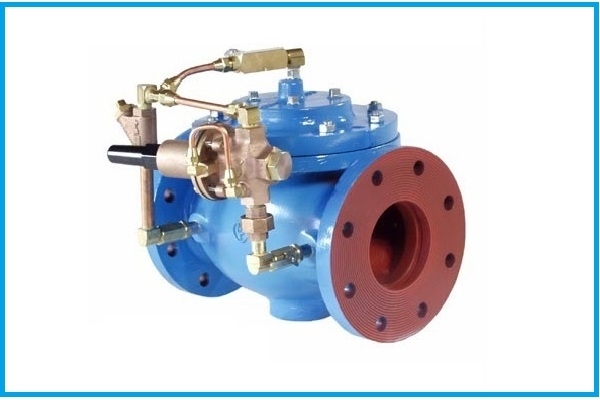
What is a pressure reducing valve? Structure, Operating Principle, Adjustment and Classification of Pressure Reducing Valves.
05/11/2025
Pressure Reducing Valve is also known as pressure regulator, pressure stabilizer, pressure regulating valve, etc. It is a type of industrial valve installed on the pipeline, with the function of reducing pressure and stabilizing output pressure, so that the output pressure is always smaller than the input pressure of the system, helping fluids to be easily transmitted to different devices. but the pressure is not too different.
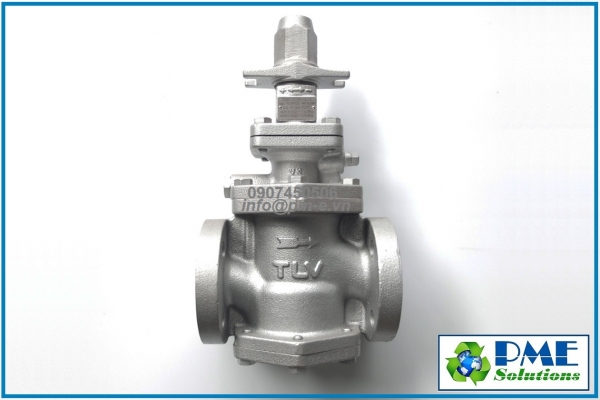
Overview Of Pressure Reducing Valve (Prv)
05/11/2025
A Pressure Reducing Valve (PRV) is a device used to regulate and maintain a constant downstream pressure by reducing high inlet pressure to a safe and stable level. It plays an essential role in protecting piping systems, equipment, and ensuring operational safety from overpressure. PRVs are widely applied in: Steam systems Compressed air systems Water distribution systems Hydraulic and industrial process systems
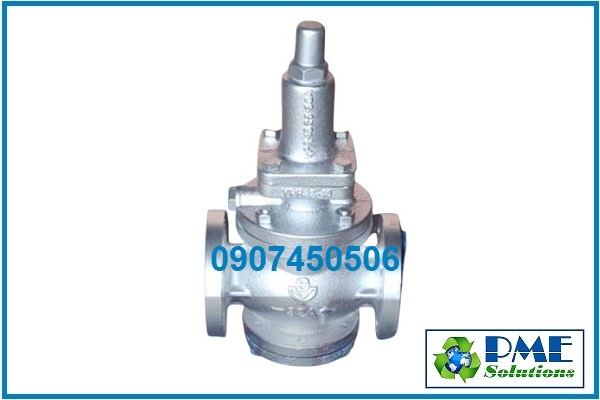
WORKING PRINCIPLE OF SAMYANG PRESSURE REDUCING VALVE
05/11/2025
Samyang pressure reducing valve is an automatic pressure control device widely used in steam, air, water, and hydraulic systems. Manufactured in Korea, Samyang valves are designed to stabilize outlet pressure, protect equipment, and extend the lifespan of piping systems.







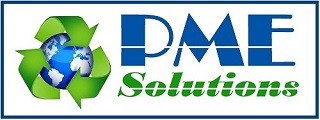

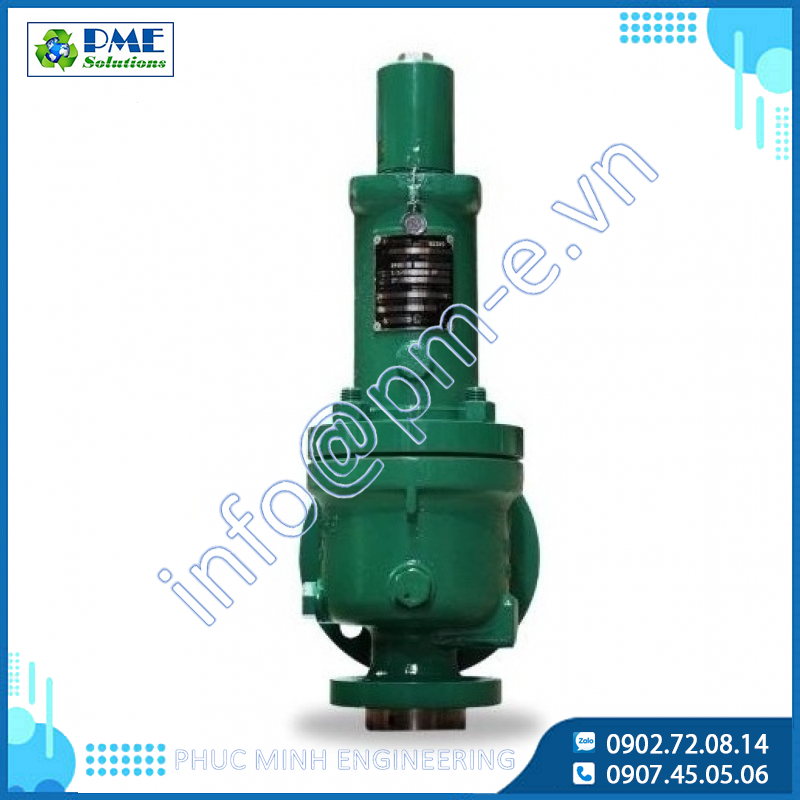
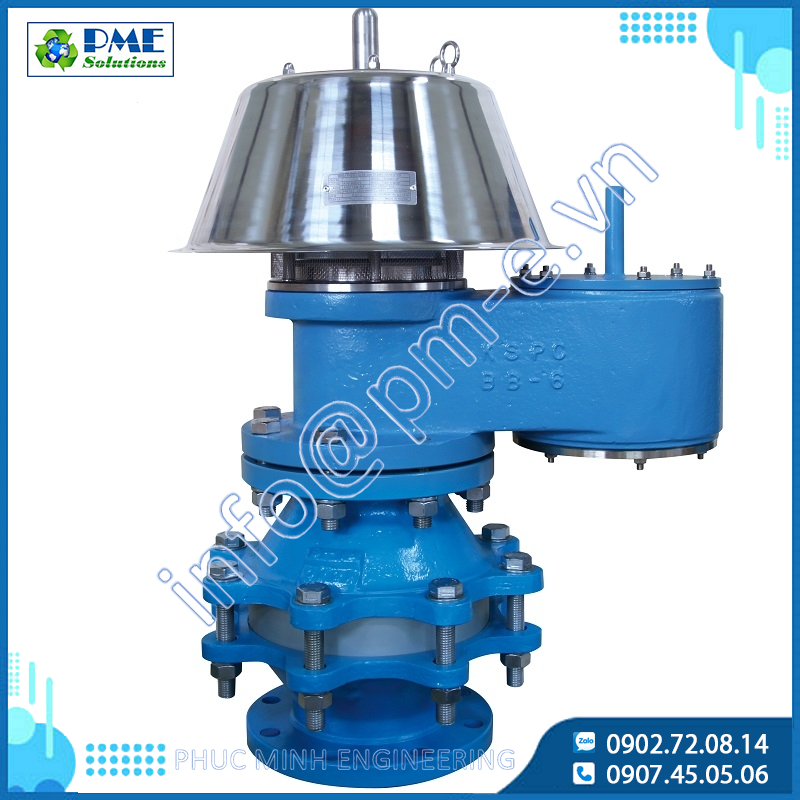
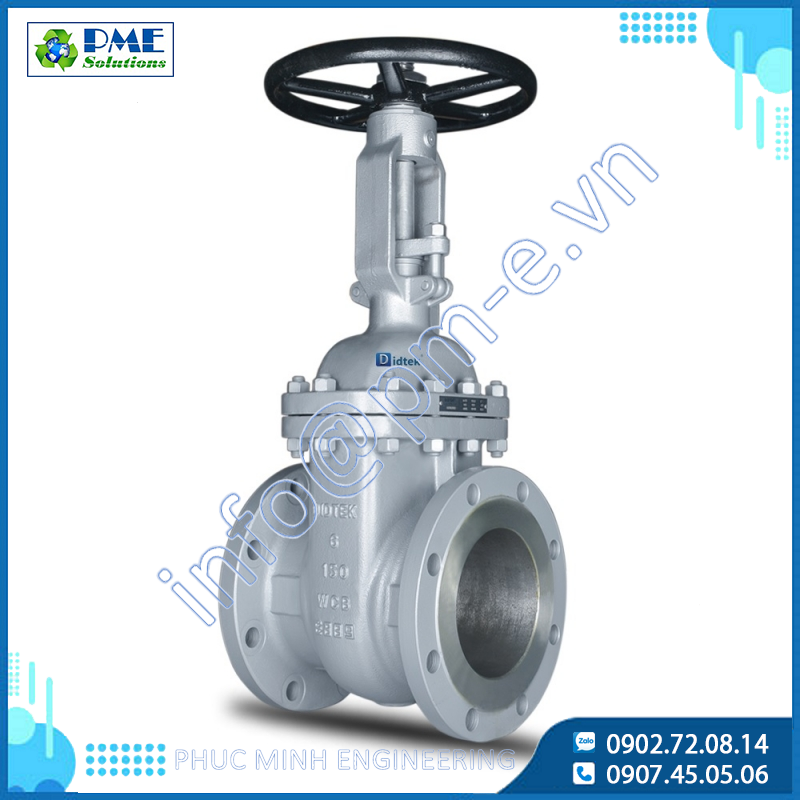
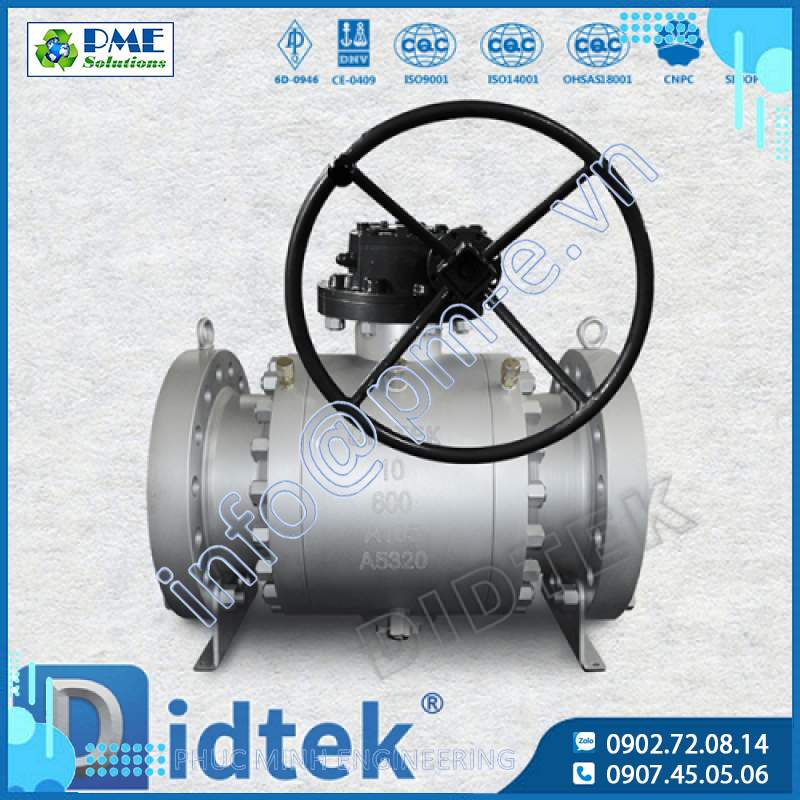
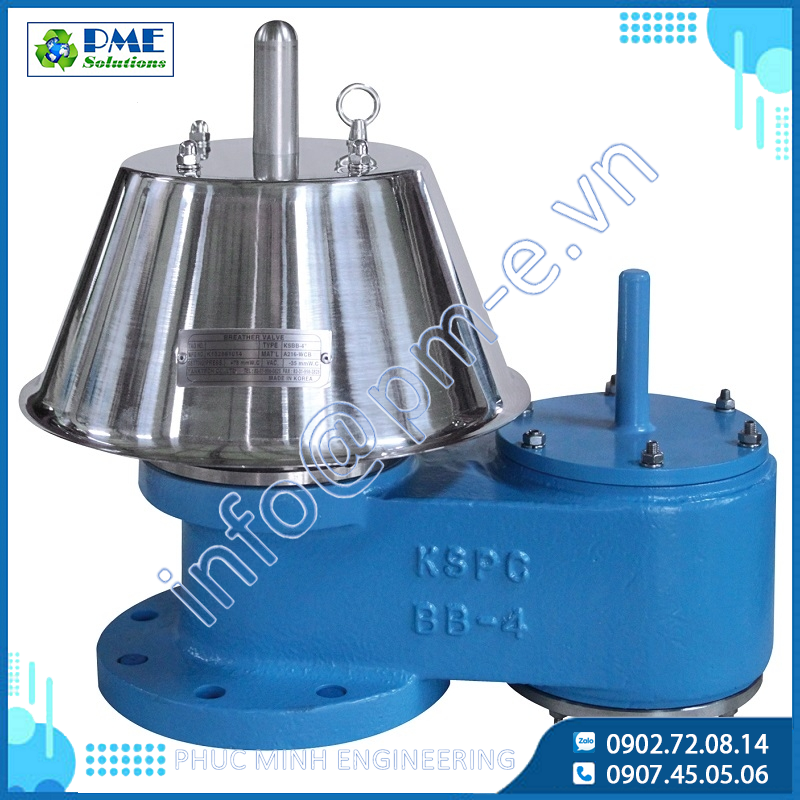
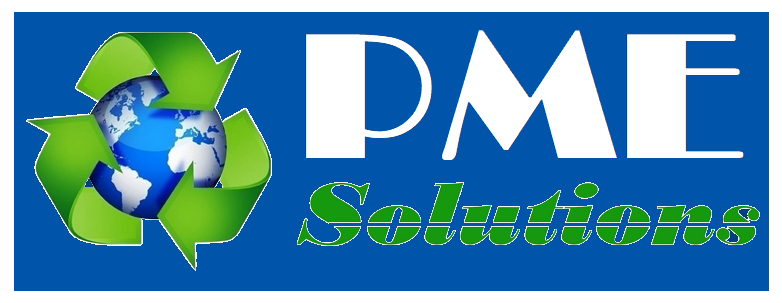

.png)






